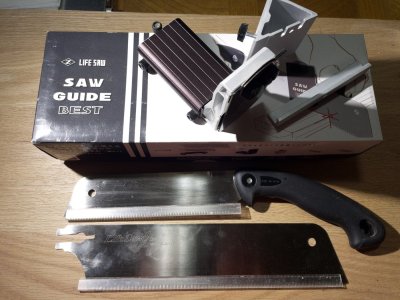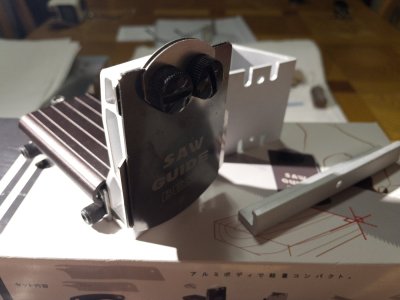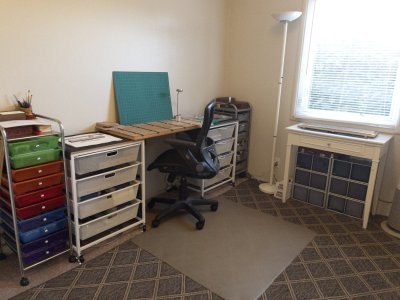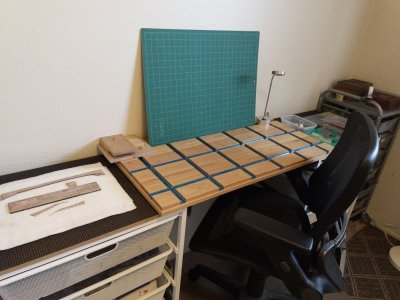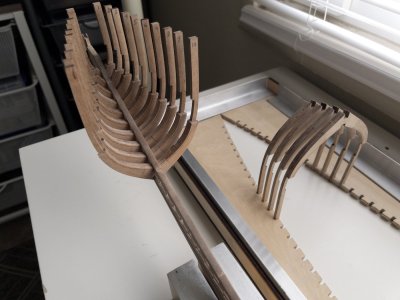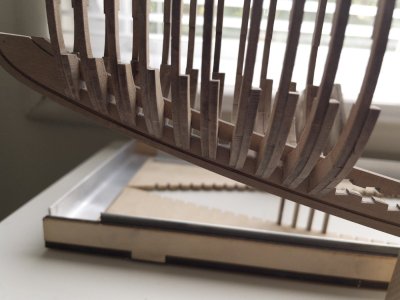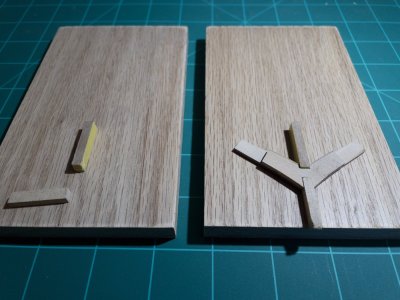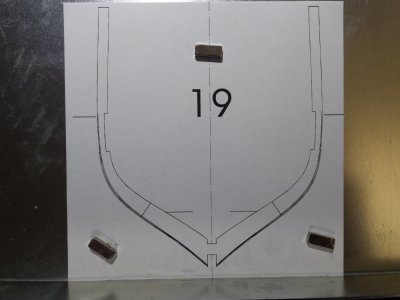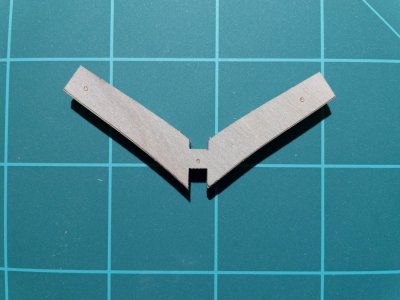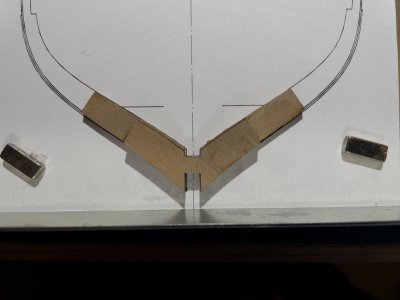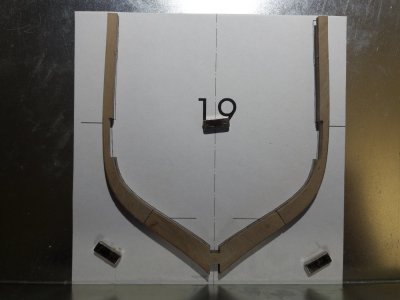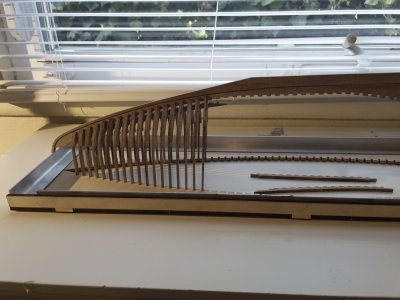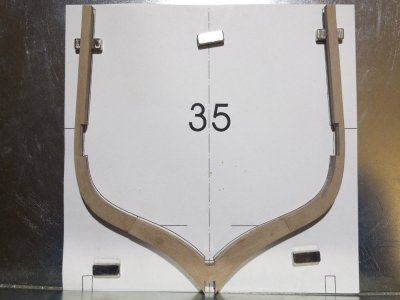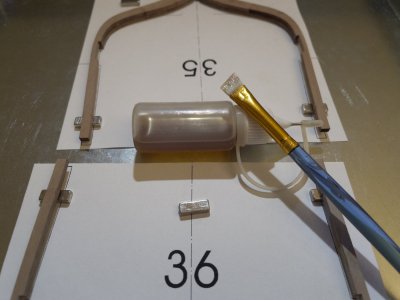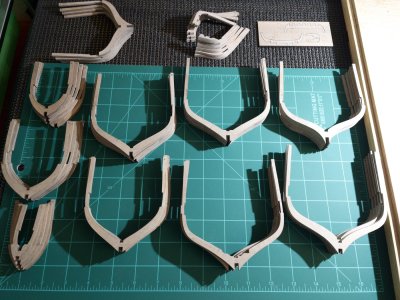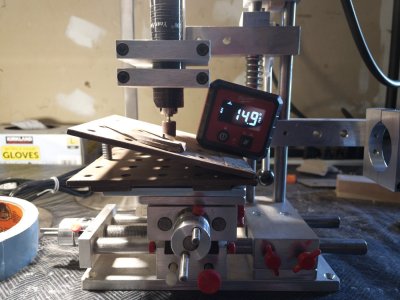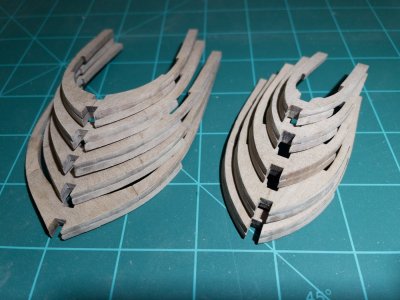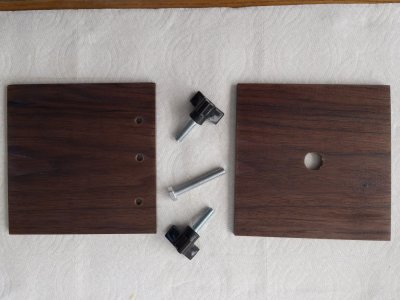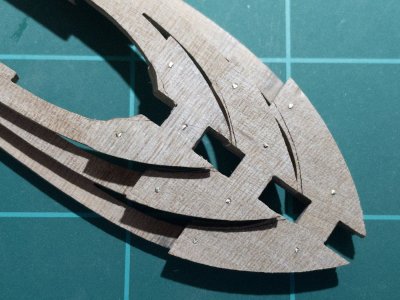- Joined
- Jul 11, 2023
- Messages
- 265
- Points
- 168

@Peter Voogt, thanks... greatly appreciated.
@Rob444, Greeting, I build it... pretty simple to make. Simple pieces of hard wood, a few holes and an aluminum bar glued on top (all from the hardware store). It is nice as a holder, as well as to taper strips lengthwise with a mini planer. The extra brass rods keep the boards aligned (mostly, better if you place a piece of wood the same width at bottom if you want more precision). The screws and t-bolts do the rest. Here the components...
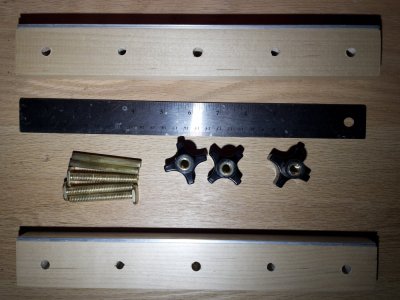
@Rob444, Greeting, I build it... pretty simple to make. Simple pieces of hard wood, a few holes and an aluminum bar glued on top (all from the hardware store). It is nice as a holder, as well as to taper strips lengthwise with a mini planer. The extra brass rods keep the boards aligned (mostly, better if you place a piece of wood the same width at bottom if you want more precision). The screws and t-bolts do the rest. Here the components...

Last edited:


